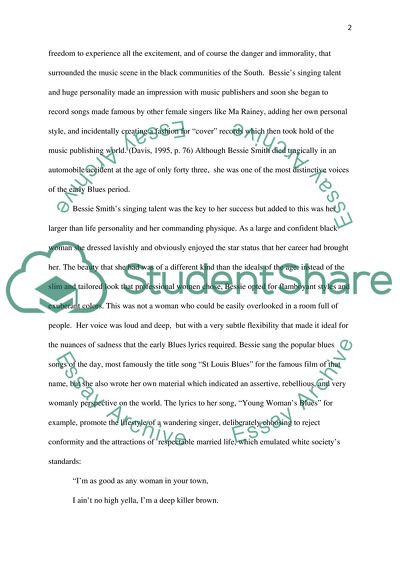Cite this document
(Bessie Smith and the Role of Women in the Blues Research Paper - 1, n.d.)
Bessie Smith and the Role of Women in the Blues Research Paper - 1. https://studentshare.org/music/1754012-the-blues
Bessie Smith and the Role of Women in the Blues Research Paper - 1. https://studentshare.org/music/1754012-the-blues
(Bessie Smith and the Role of Women in the Blues Research Paper - 1)
Bessie Smith and the Role of Women in the Blues Research Paper - 1. https://studentshare.org/music/1754012-the-blues.
Bessie Smith and the Role of Women in the Blues Research Paper - 1. https://studentshare.org/music/1754012-the-blues.
“Bessie Smith and the Role of Women in the Blues Research Paper - 1”. https://studentshare.org/music/1754012-the-blues.


